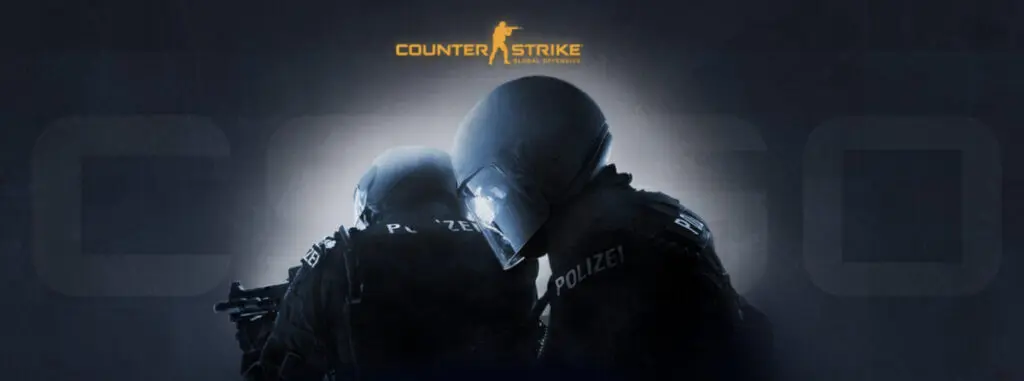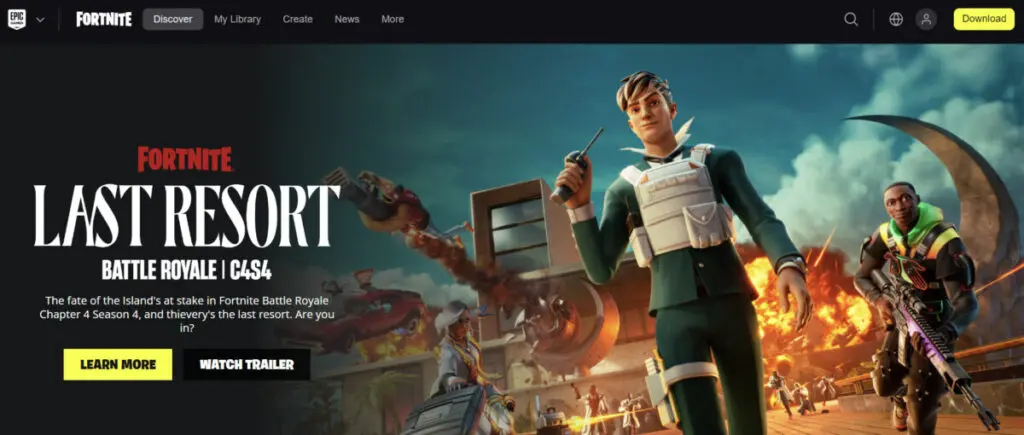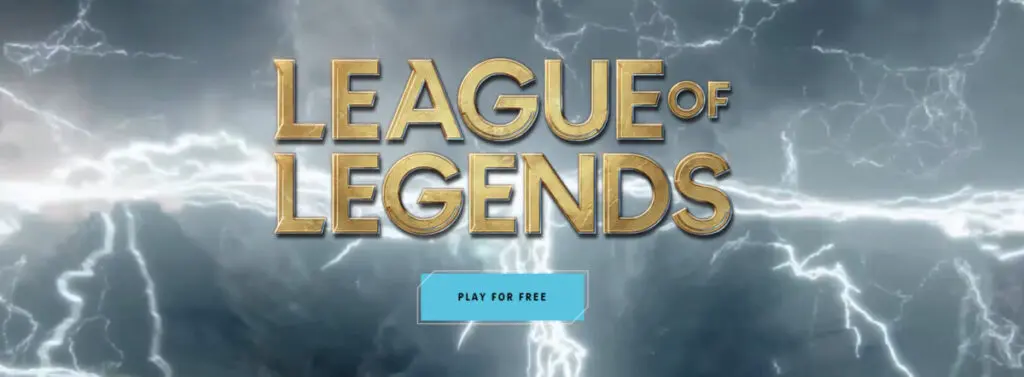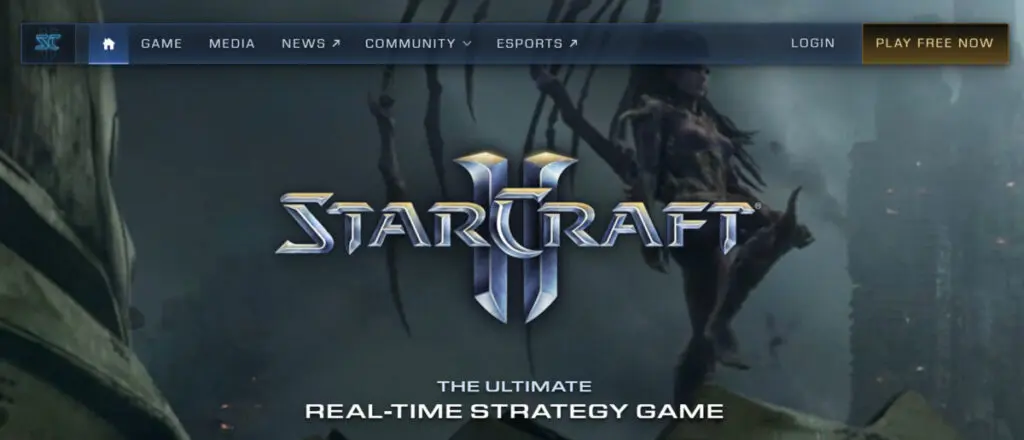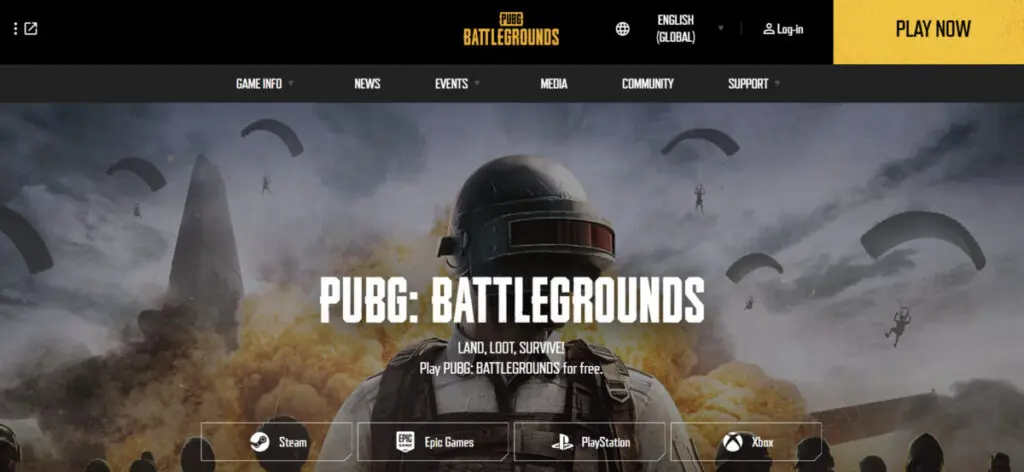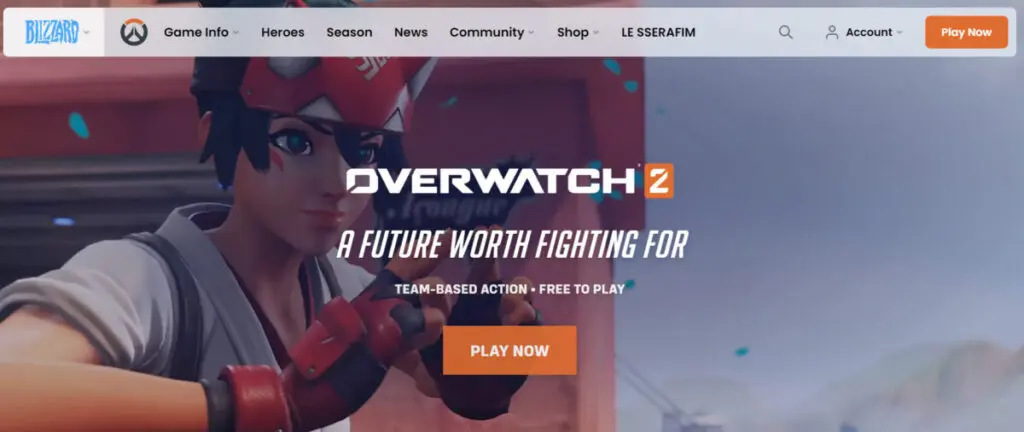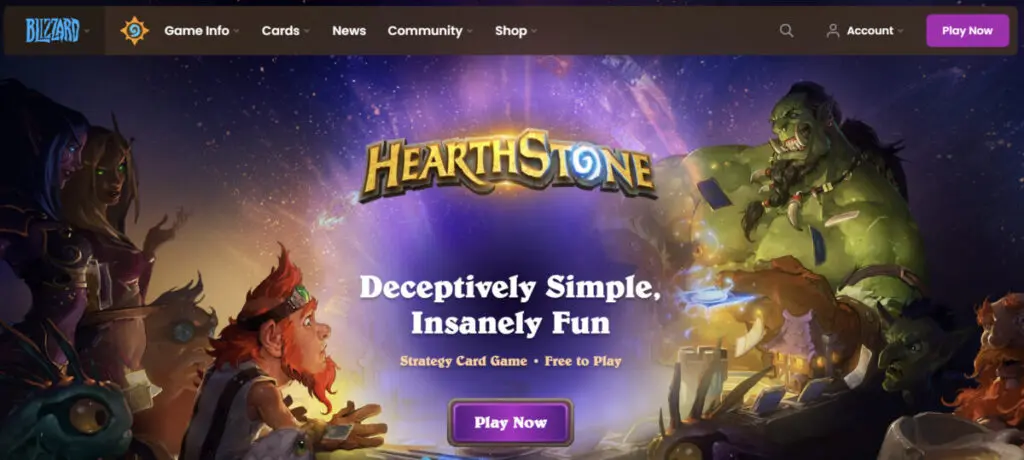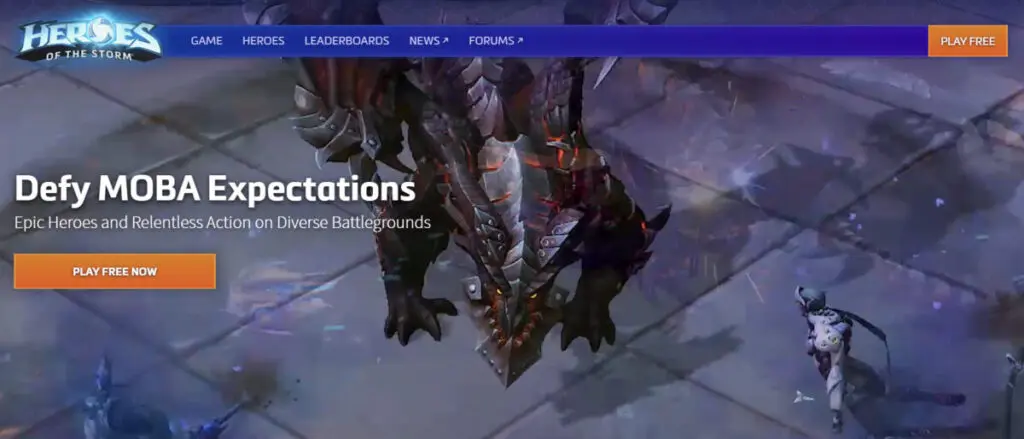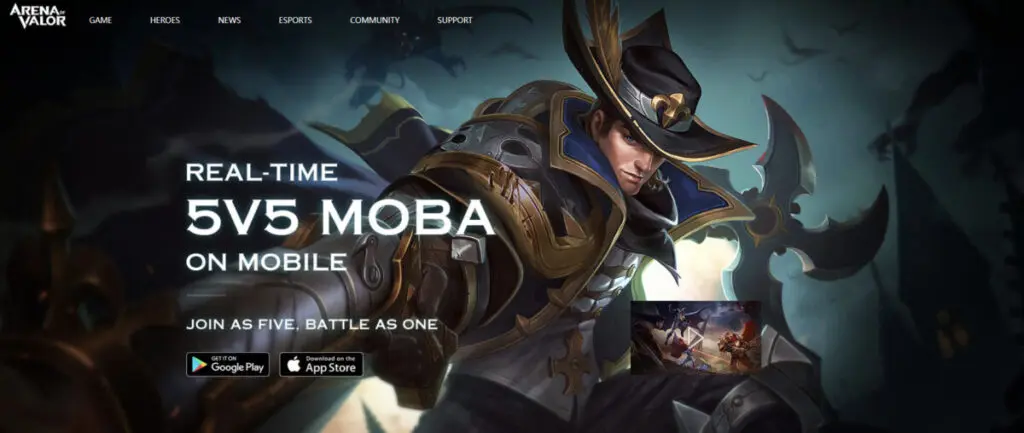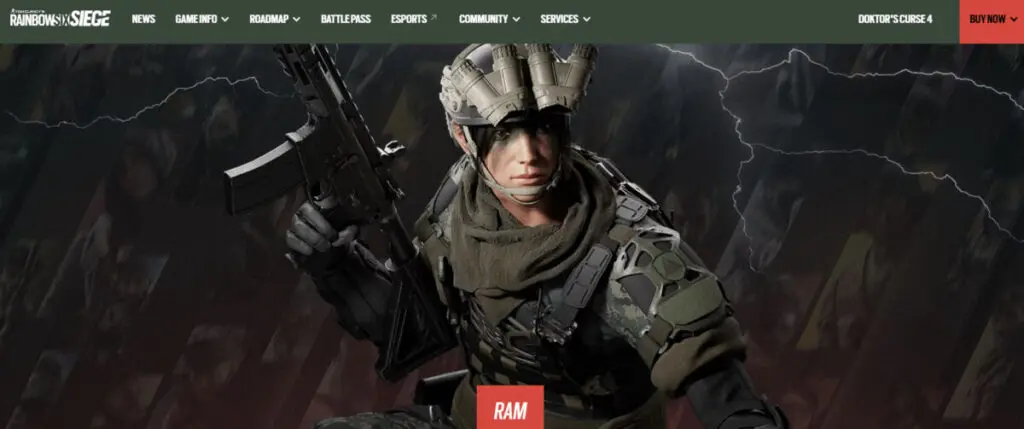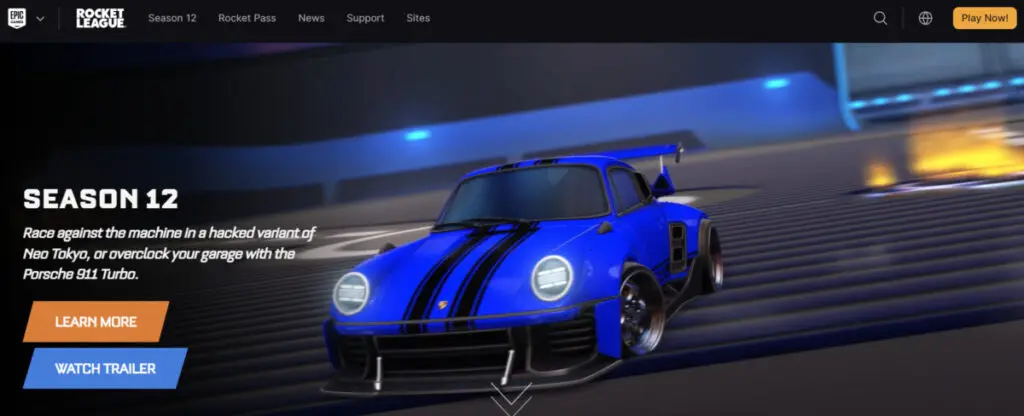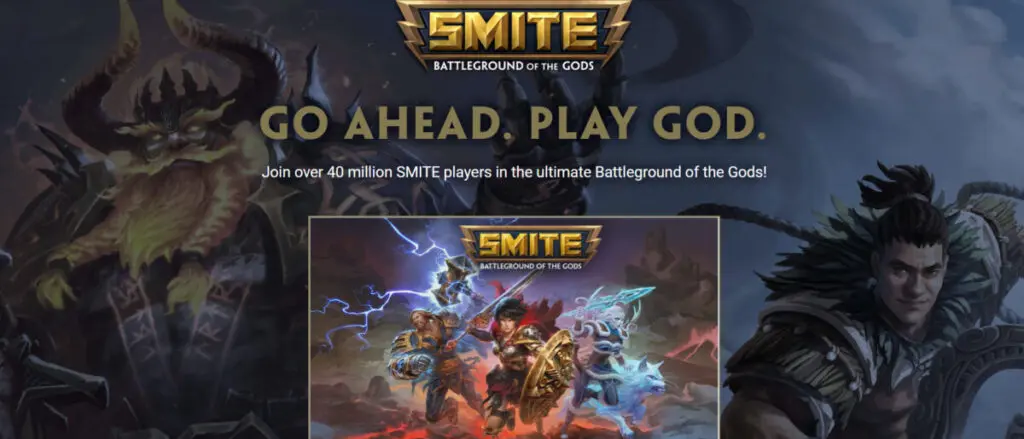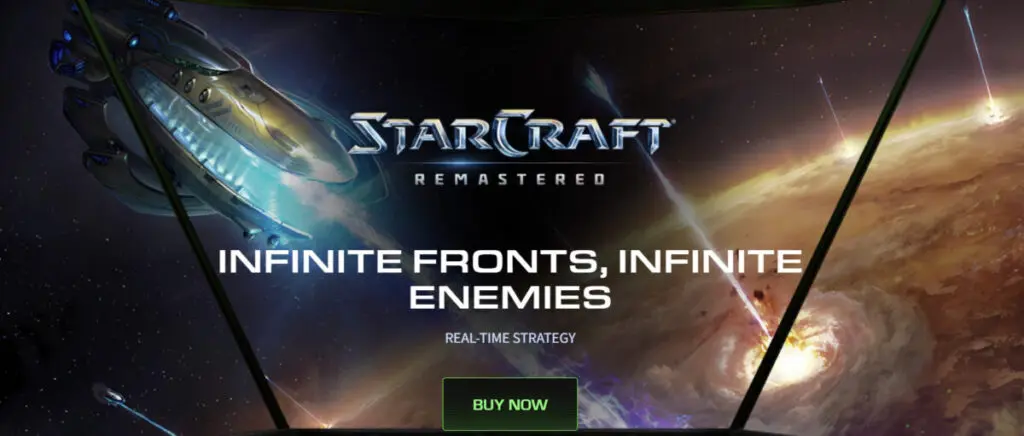Did you know that the worldwide audience for esports games is forecasted to reach 640 million people?
The growth of esports has been phenomenal, with new games being launched every year. Some games, however, dominate the industry and are more popular than others.
When we talk about the biggest esports games, it can mean different things to different people. Some games are more popular globally while others are regional successes. Some have a lot more players while others organize bigger tournaments with large cash prizes.
In this post, we have sorted the biggest esports games by the amount of reward money that they have awarded for tournaments. So, let’s get started with the list of the biggest esports games.
- 1. Dota 2
- 2. Counter-Strike: Global Offensive
- 3. Fortnite
- 4. League of Legends
- 5. StarCraft II
- 6. PlayerUnknown's Battlegrounds (PUBG)
- 7. Overwatch
- 8. Hearthstone
- 9. Heroes of the Storm
- 10. Arena of Valor
- 11. Counter-Strike
- 12. Rainbow Six Siege
- 13. Rocket League
- 14. SMITE
- 15. StarCraft: Brood War
- What Makes a Great eSports Game?
- Conclusion
- Frequently Asked Questions
1. Dota 2
Release Year: 2013
Total Prize Money Awarded: $355.1 million
Noteworthy Tournaments: The International
Top Players: Johan Sundstein, Jesse Vainikka, Anathan Pham
Dota 2 is a popular multiplayer online battle arena (MOBA) esports game developed by Valve Corporation. It is a sequel to Defense of the Ancients: All-Stars. It is most popular in Europe and Asia, but there's no shortage of North and South American players.
The same is played in teams of five, with each one defending their area on a map. One team wins by destroying a structure called “Ancient” within the other team’s base.
2. Counter-Strike: Global Offensive
Release Year: 2012
Total Prize Money Awarded: $162 million
Noteworthy Tournaments: PGL Major Stockholm
Top Players: Andreas Højsleth, Peter Rasmussen, Nicolai Reedtz
This is another popular esports game developed by Valve Corporation, in collaboration with Hidden Path Entertainment. It is a first-person shooter game and is the fourth one in the Counter-Strike series.
This game is basically played between two teams—terrorists and counter-terrorists. The terrorists take hostages and plant a bomb. The counter-terrorists have to save the hostages and defuse the bomb.
3. Fortnite
Release Year: 2017
Total Prize Money Awarded: $185.2 million
Noteworthy Tournaments: Fortnite World Cup Finals, Fortnite Fall Skirmish Series
Top Players: Kyle Giersdorf, David Wang, Harrison Chang
Fortnite is a popular multiplayer online game developed by Epic Games. It has three different game modes but still counts as one game. Here are the details of each game mode:
- Save the World - It involves up to 4 players fighting zombie-like creatures to defend themselves and other survivors.
- Battle Royale - This is a player-versus-player type of game where up to 100 players fight to be the last person standing. It can also be played in teams.
- Creative - This is the sandbox mode where players have creative control over the game world.
4. League of Legends
Release Year: 2009
Total Prize Money Awarded: $111.5 million
Noteworthy Tournaments: LoL World Championship
Top Players: Sang Hyeok Lee, Ho Seong Lee, Jun Sik Bae
This is a multiplayer real-time strategy action game developed by Riot Games. It is quite popular in Asia.
It is played by two teams of 5 players each and is a bit similar to Dota 2 in gameplay. Similar to Dota 2, here a team wins by destroying a structure called “Nexus” within the other team’s base.
5. StarCraft II
Release Year: 2010
Total Prize Money Awarded: $41.1 million
Noteworthy Tournaments: WCS Global Finals
Top Players: Joona Sotala, Sung Choo Cho, Byung Ryul Lee
It is a real-time strategy game that was developed by Blizzard Entertainment. It is a sequel to the original Starcraft game.
The game is set in a science-fiction scenario where three species—Terrans, Zerg, and Protoss. It is divided into 3 parts with the base game Wings of Liberty and two expansion packs. The first part focusses on Terrans (humans), while the other two revolve around the Zerg and Protoss.
6. PlayerUnknown's Battlegrounds (PUBG)
Release Year: 2017
Total Prize Money Awarded: $62.4 million
Noteworthy Tournaments: PUBG Global Championship, PUBG Nations Cup
Top Players: Jung Young Park, Seung Hoon Cha, Jeong-wan Go
This is a battle royale type game developed by UBG Corporation. In this game, up to 100 players compete against each other to be the last one standing. It can be played in teams as well.
7. Overwatch
Release Year: 2016
Total Prize Money Awarded: $35.3 million
Noteworthy Tournaments: Overwatch League
Top Players: Myeong Hwan Yoo, Grant Espe, Hyo Bin Choi
This is a first-person shooter game developed by Blizzard Entertainment and is played in teams of six. The goal is either to secure control points on a map or to take a payload from one point to another, within a specified time. The game is very popular in Asia but is played around the world.
8. Hearthstone
Release Year: 2014
Total Prize Money Awarded: $29.5 million
Noteworthy Tournaments: Hearthstone World Championship, GrandMasters, Masters Tour
Top Players: Thijs Molendijk, Raphael Peltzer, Wei Lin Chen
It is a free digital card game developed by Blizzard Entertainment. It is played one-on-one between two players and is a turn-based game. Each player gets a deck of 30 cards and can select a hero with a unique ability. There are many game modes available.
9. Heroes of the Storm
Release Year: 2015
Total Prize Money Awarded: $18.4 million
Noteworthy Tournaments: HGC Global Finals
Top Players: Won Ho Jeong, Jung Hyeog Lee, Jae Won Lee
It is a multiplayer game developed by Blizzard Entertainment. The game features different players and battlegrounds form Blizzard’s other popular games like Warcraft and Overwatch. Due to a broader playstyle, it is called a “hero brawler” game, rather than a "multiplayer online battle arena" game or an "action real-time strategy" game.
10. Arena of Valor
Release Year: 2015
Total Prize Money Awarded: $77.9 million
Noteworthy Tournaments: Honor of Kings World Champion Cup, King Pro League
Top Players: Siyuan Luo, Yunfei Peng, Tianlong Wang
It is a multiplayer online battle arena game developed by TiMi Studios, but was published by more popular gaming and media conglomerate Tencent Games. The game is played in teams of five and has multiple modes.
11. Counter-Strike
Release Year: 2000
Total Prize Money Awarded: $13.5 million
Noteworthy Tournaments: No recent tournaments
Top Players: Patrik Lindberg, Patrik Sättermon, Harley Örwall
Popularly known as Counter-Strike 1.6 or Half-Life: Counter-Strike, this was the predecessor to Counter-Strike: Global Offensive game. It was developed by Valve Corporation.
Most CS 1.6 players have now moved to the latest series CS: GO. However, it is still one of the biggest esports games in terms of the prize money awarded for tournaments and popularity. The game was especially popular in Europe.
12. Rainbow Six Siege
Release Year: 2015
Total Prize Money Awarded: $46.6 million
Noteworthy Tournaments: Six Invitational
Top Players: Stephane Lebleu, Bryan Tebessi, Olivier Vandroux
It is a tactical shooter game developed by Ubisoft. It has different modes that involve tasks like defusing a bomb or rescuing a hostage. Each player can either be an attacker or defender in any of these scenarios or modes.
13. Rocket League
Release Year: 2016
Total Prize Money Awarded: $39.4 million
Noteworthy Tournaments: World Championship
Top Players: Evan Rogez, Jacob Knapman, Garrett Gordon
This is a unique arcade-style soccer game that was developed by Psyonix. It literally has cars playing soccer or as it is popularly-termed “soccer, but with cars.”
This game is played in teams of up to eight players. The aim of this game is to score a goal and win points just like in soccer.
14. SMITE
Release Year: 2014
Total Prize Money Awarded: $12.6 million
Noteworthy Tournaments: Smite World Championship
Top Players: John Salter, Rosario Villardi, Andrew Woodward
It is a free multiplayer online battle arena (MOBA) game that was developed by Hi-Rez Studios. The game has mythological characters like Gods and Goddesses from different mythologies. You can select a character to participate in a team-based combat-style game. It has multiple game modes and a lot of characters to choose from.
15. StarCraft: Brood War
Release Year: 1998
Total Prize Money Awarded: $7.5 million
Noteworthy Tournaments: No recent tournaments
Top Players: Young Ho Lee, Jae Dong Lee, Jae Yoon Ma
This is an expansion pack for the original StarCraft game that preceded the StarCraft II. It was developed by Saffire Corporation and Blizzard Entertainment. This game is played worldwide but is especially popular in South Korea.
Just like StarCraft II, it also revolves around the three species—Terrans, Protoss, and Zerg. The goal is to form a base, build a military, and conquer the opponents.
What Makes a Great eSports Game?
In the competitive world of esports, not all games are created equal. While many titles may enjoy brief moments of popularity, only a select few rise to the status of great esports games. These games not only capture the attention of millions of players but also sustain long-term engagement from both players and spectators. Here, we explore the key factors that differentiate a great esports game from the rest.
Competitive Balance
One of the fundamental aspects of a great esports game is competitive balance. Ensuring a level playing field where success is determined by skill rather than luck is essential. This fairness keeps competitions exciting and attracts both top-tier talent and a dedicated audience. For instance, League of Legends is renowned for its regular updates and balancing, ensuring no single champion or strategy dominates the meta for too long. This is also prevalent with similar titles, like Dota 2.
Spectator-Friendly Design
Spectator-friendly design is another critical component. A game needs to be easily understandable to viewers, even if they are not familiar with its intricacies. Clear visuals and straightforward mechanics help spectators follow the action. Counter-Strike: Global Offensive excels in this regard, with its clean, easy-to-follow gameplay and strategic depth.
Additionally, advanced spectator tools such as multiple camera angles, instant replays, and detailed statistics enhance the viewing experience, making it more engaging and professional. Riot Games, the developer of LoL, has invested heavily in the viewing experience, incorporating professional broadcasts and in-depth analysis to keep viewers engaged.
Strong Community Support
Strong community support is essential for a game's longevity and success in the esports arena. A large and active player base ensures a steady influx of new talent and maintains a vibrant community that supports competitive play.
Fortnite, for example, benefits from an enormous and active community. They actively engage with their community through social media, forums, and in-game events, fostering a loyal and passionate fanbase. This community engagement is critical for sustaining interest and enthusiasm over time.
Looking for new worlds to explore on your Summer Road Trip? Drop into these creator-made islands!
?️Joy’s Dreamworld by @Dahja3D
?️Escape Island by @NEIGHBOR_FN
?️Maze Park by @ruaruFORTNITE pic.twitter.com/PTOyVLZlTZ— Fortnite (@FortniteGame) July 29, 2024
Developer Commitment
Developer commitment to building and supporting a robust eSports infrastructure is another hallmark of a great eSports game. This includes organizing tournaments, partnering with esports organizations, and providing resources for players and teams. Valve Corporation, the developers of CS and Dota 2, has demonstrated this commitment by making their games the gold standard in their respective eSports genres.
Counter-Strike: Global Offensive is by far the most popular First-Person-Shooter game, with a thriving eSports scene. Dota 2, on the other hand, hosts the biggest eSports tournament in existence every year, The International, with prize pools exceeding $20 million each year.
Strategic Depth and Skill Ceiling
Strategic depth and a high skill ceiling are crucial for keeping a game interesting for both players and spectators over time. A great esports game offers layers of strategic depth that require players to continually learn and adapt.
Dota 2 is a prime example of this, with its complex gameplay mechanics and extensive roster of heroes. The game rewards high levels of skill and precision, attracting competitive players who strive to master it. This complexity and depth lead to more exciting and high-stakes competitions, captivating audiences and encouraging long-term engagement. The complexity of Dota 2 is exactly why League of Legends is the more popular title.
Conclusion
These are some of the biggest esports games that you can play. If you are an esports enthusiast and not a player, you can follow esports influencers and players and watch their gameplays.
Frequently Asked Questions
What is the biggest esport game?
Counter-Strike: Global Offensive boasts over 16,000 professional players, solidifying its position as one of the most popular Esports games today. Dota 2 and Fortnite are also big esports games with huge followings and gigantic tournament prize pools.
What is the biggest esport game 2024?
At the current time of writing, Dota 2 is the most popular eSports game with prize pools reaching $350 million throughout its existence.
What is the most popular Esports games right now?
These are the most popular Esports games right now:
- Dota 2
- Counter-Strike: Global Offensive
- Fortnite
- League of Legends
- StarCraft II
- PlayerUnknown's Battlegrounds (PUBG)
- Overwatch
- Hearthstone
- Heroes of the Storm
- Arena of Valor
What is the highest-paid eSports game?
Dota 2 is the current record holder for the highest-paid eSports game. This is due to "The International," a yearly tournament. This tournament is quoted as the World Cup of eSports, as even rival fans tune in to see who gets to collect the $30 million prize pool.



